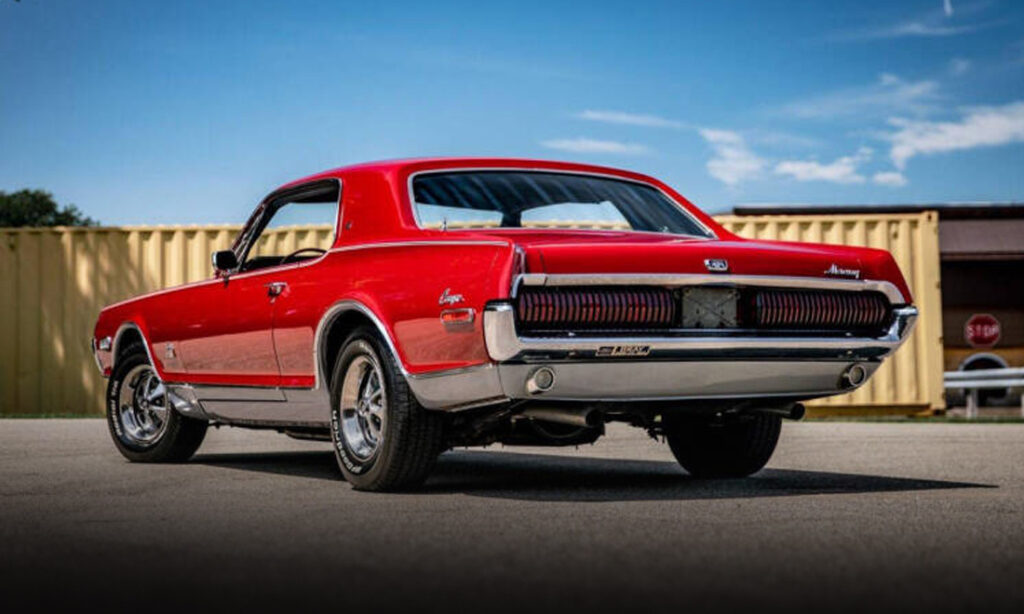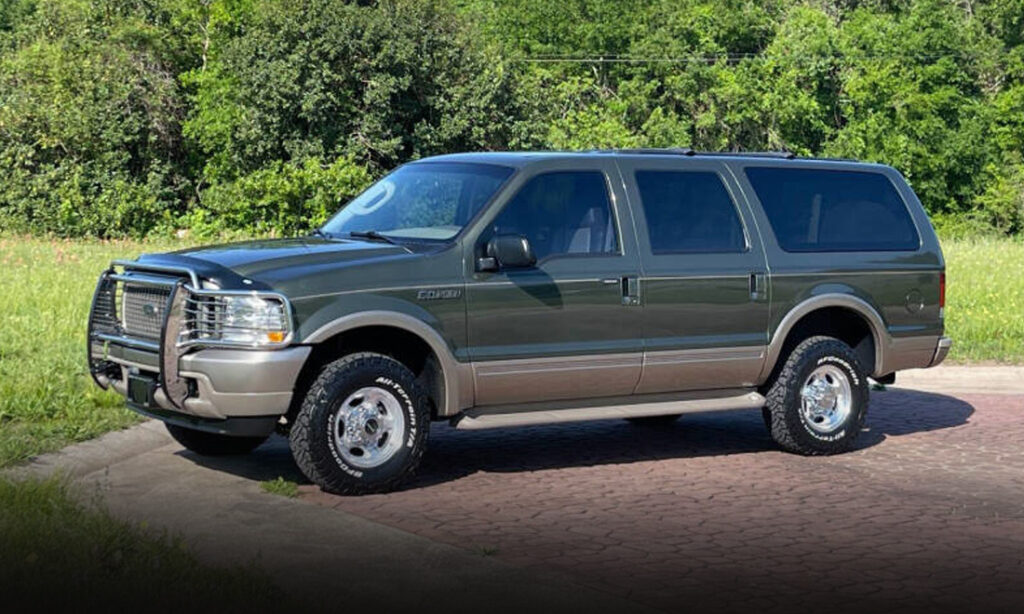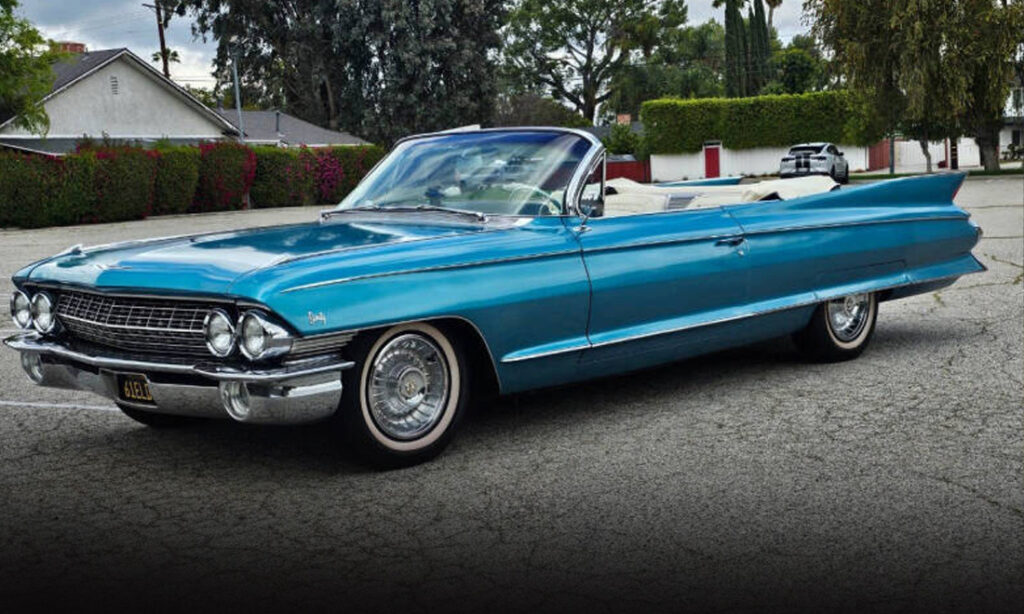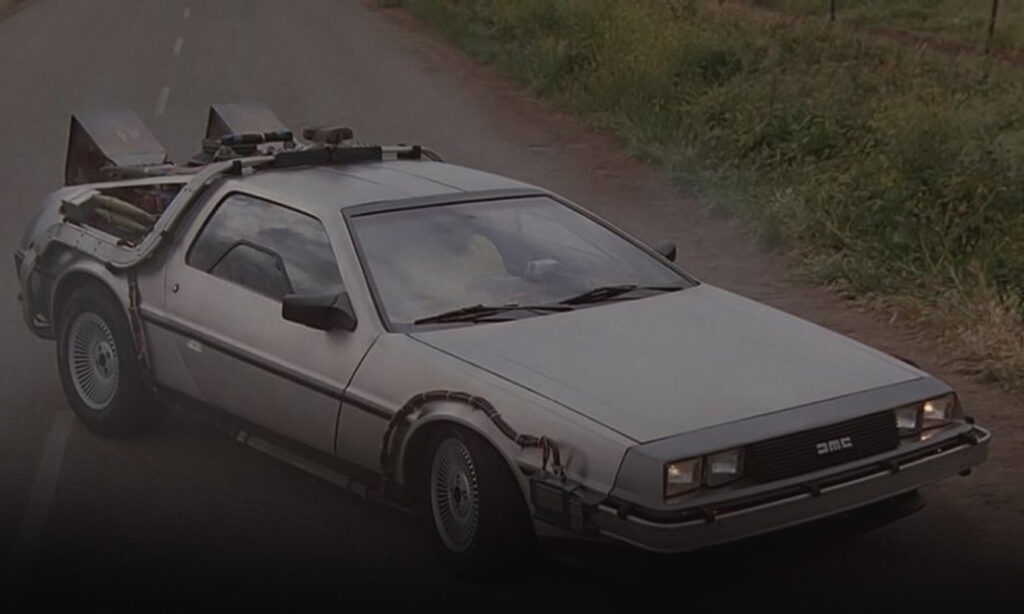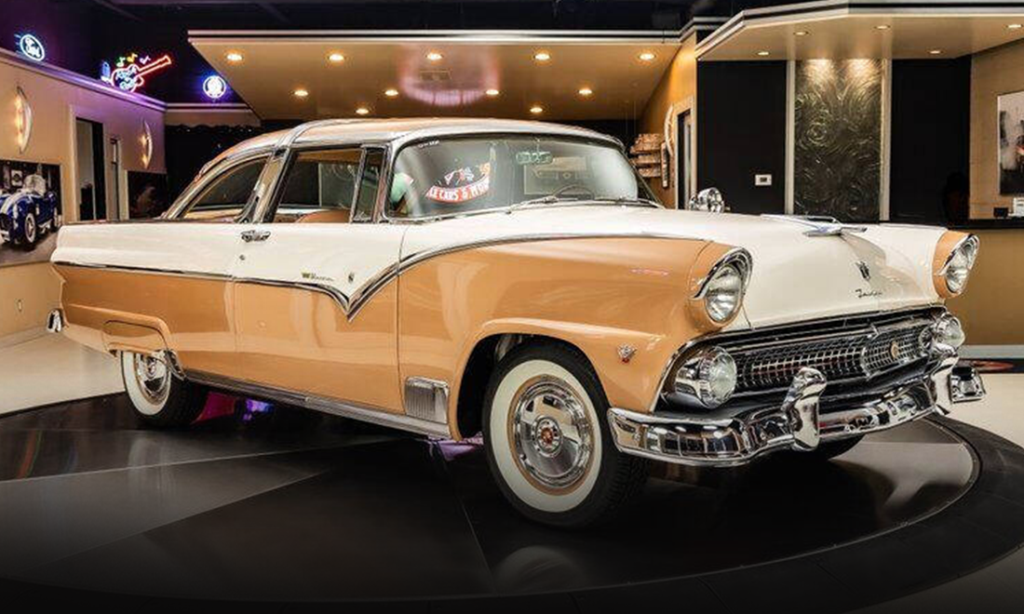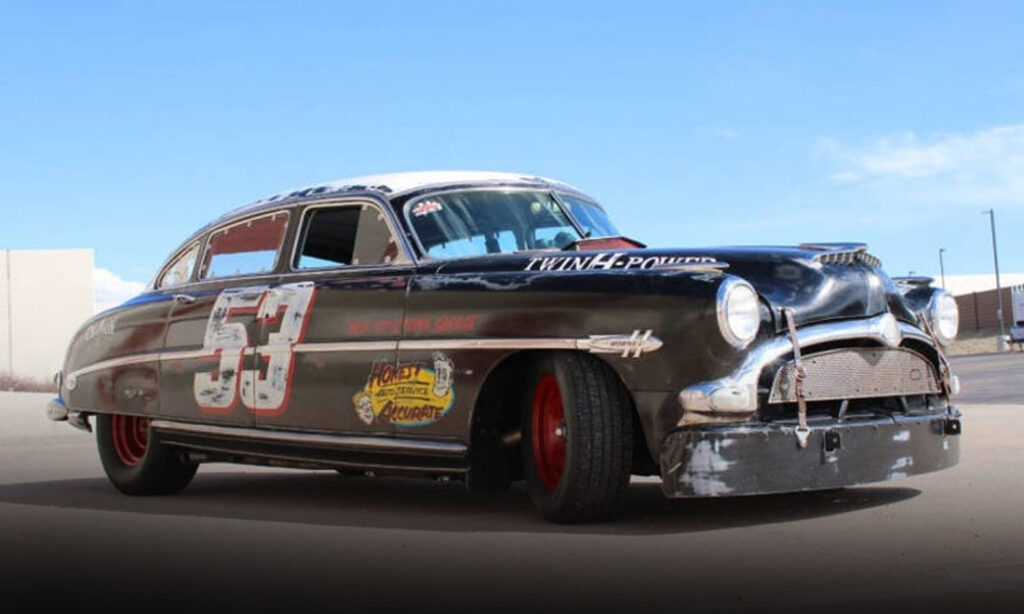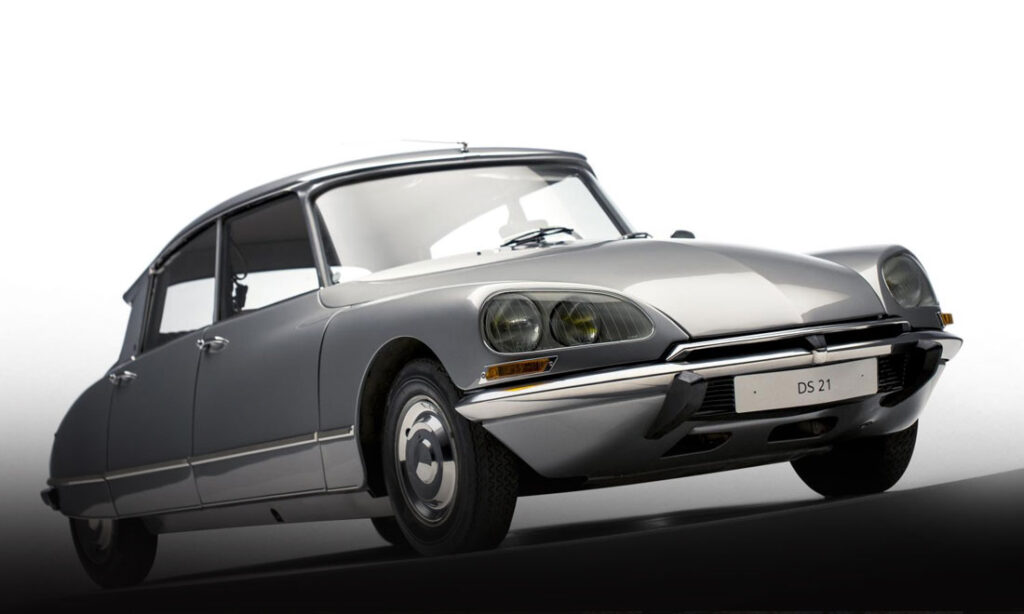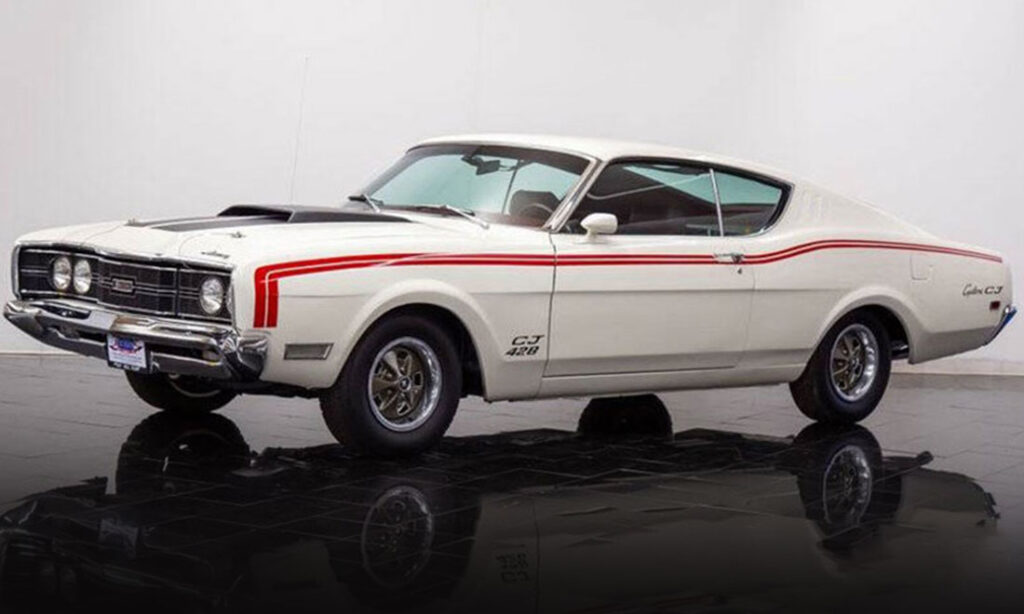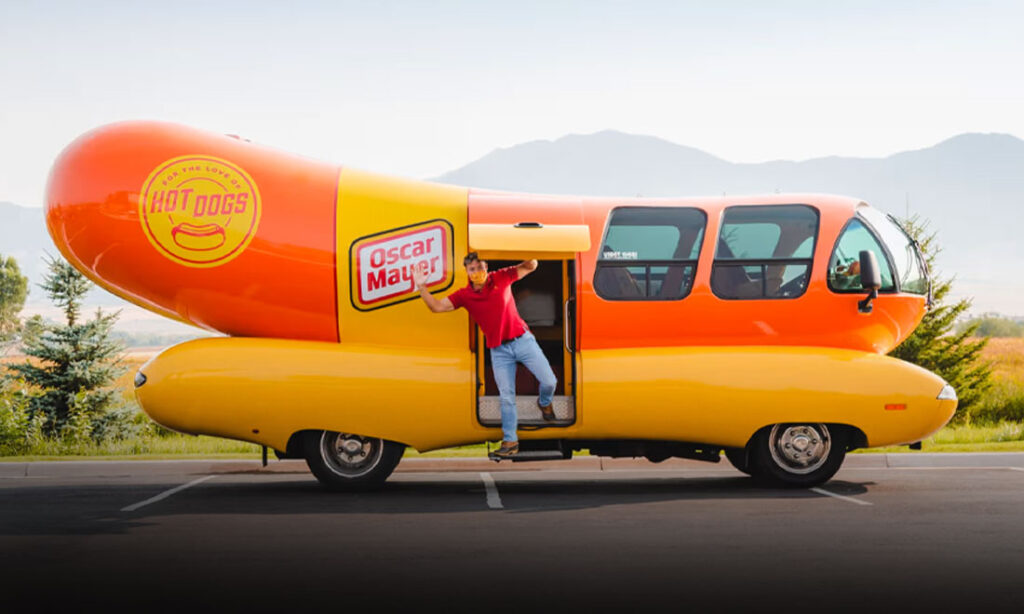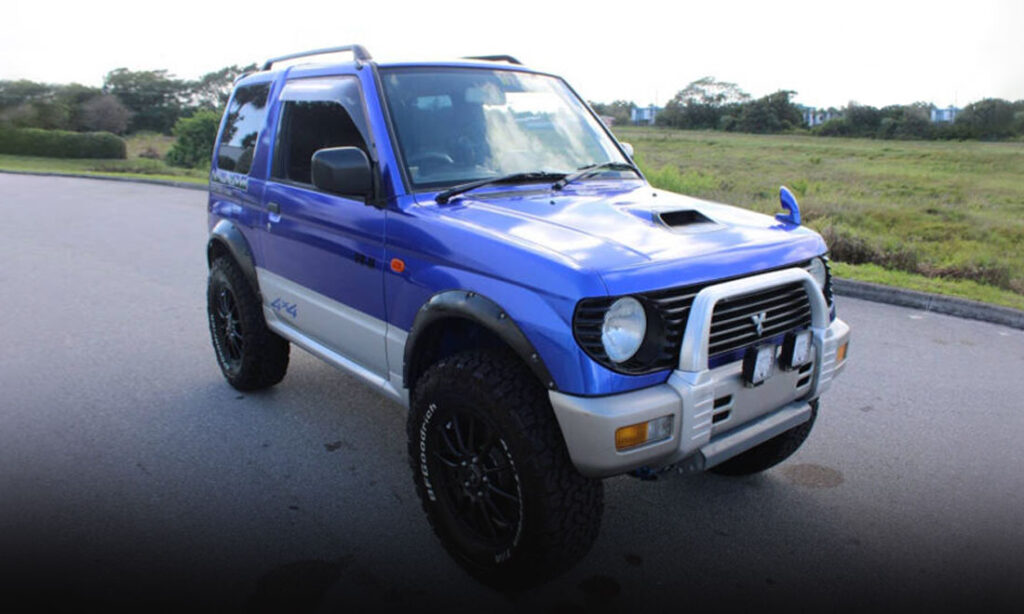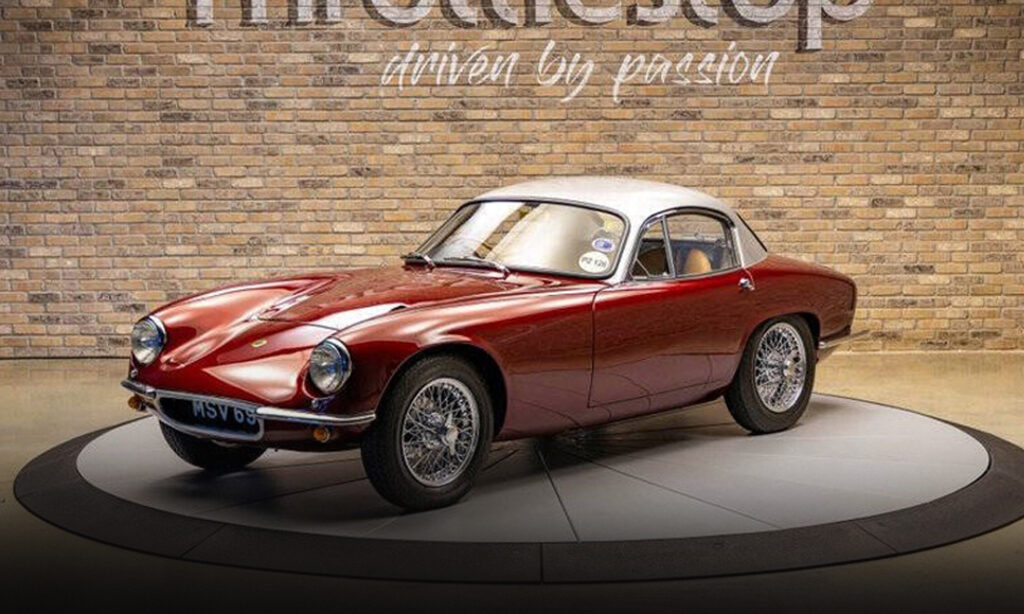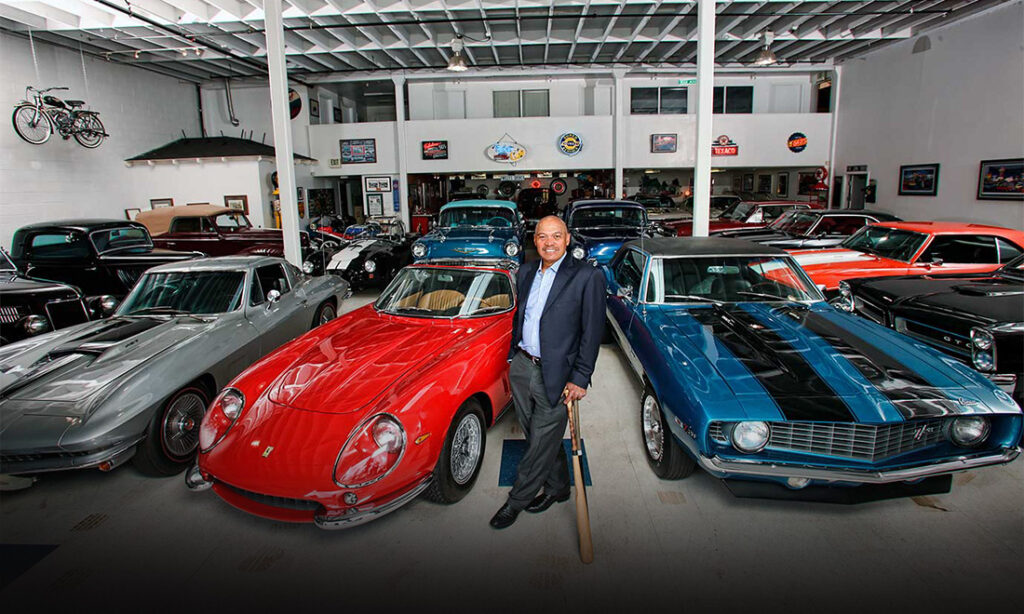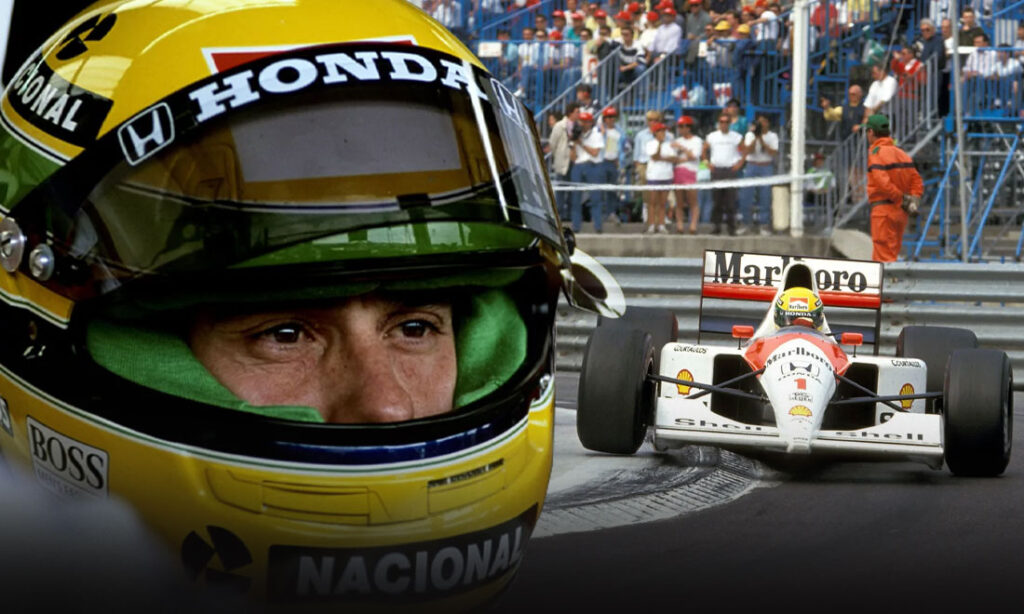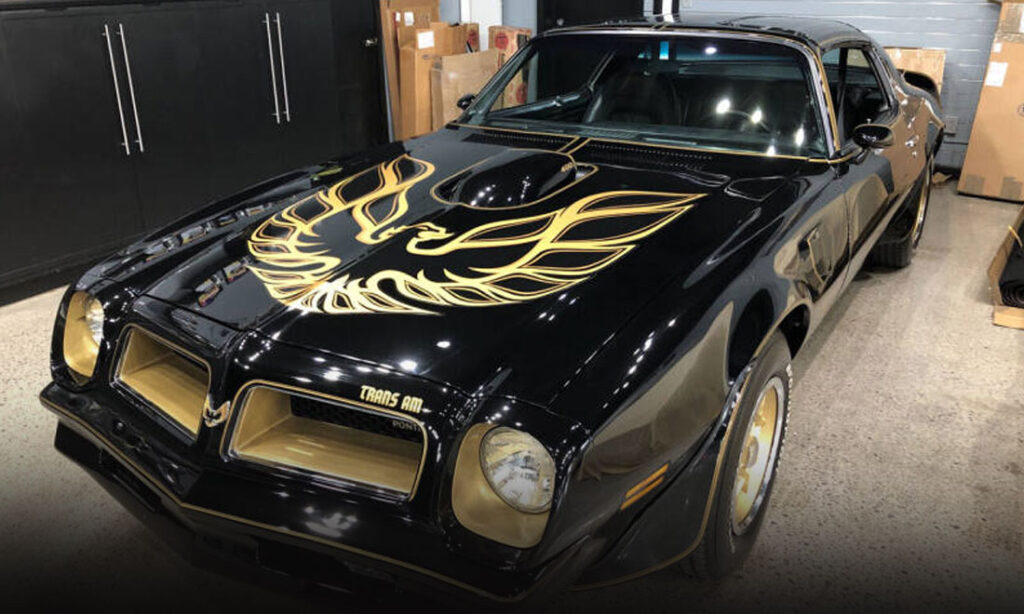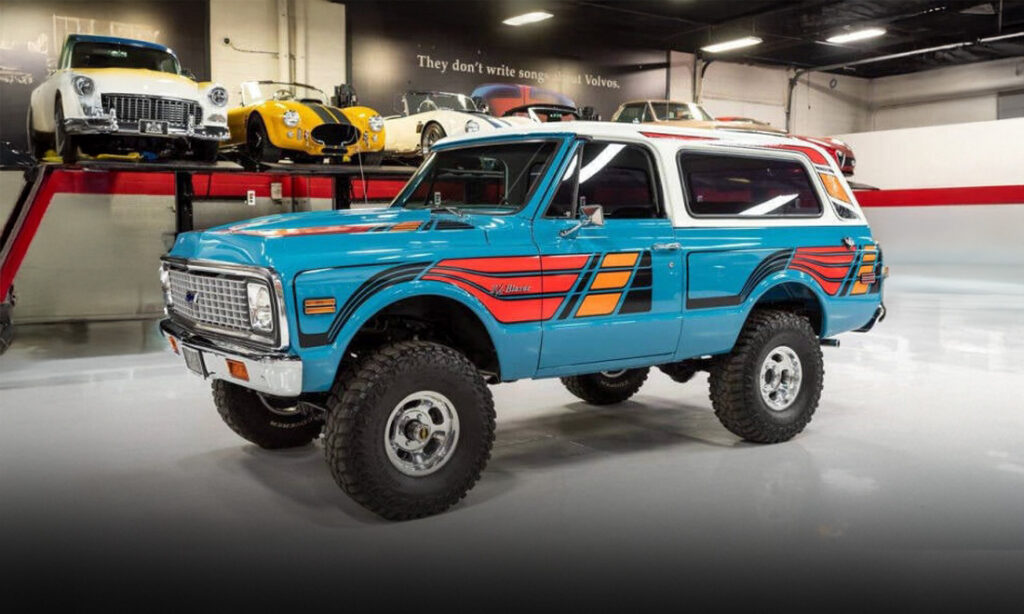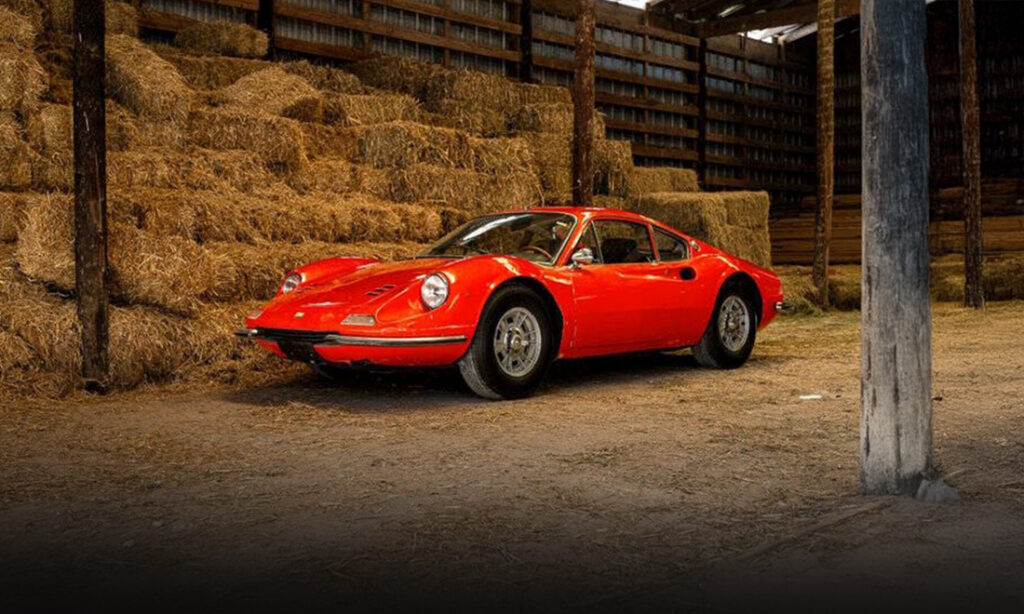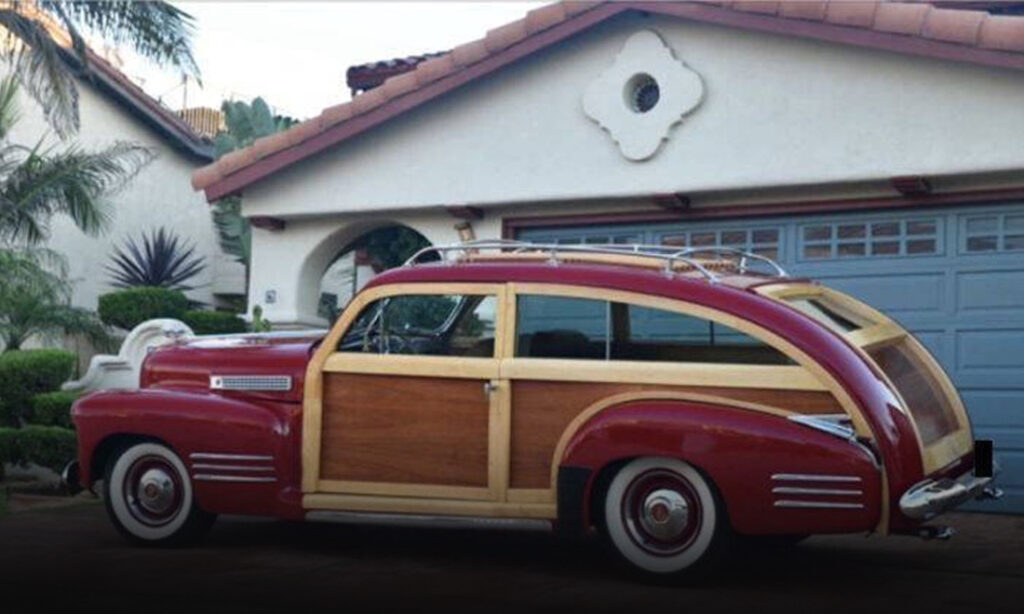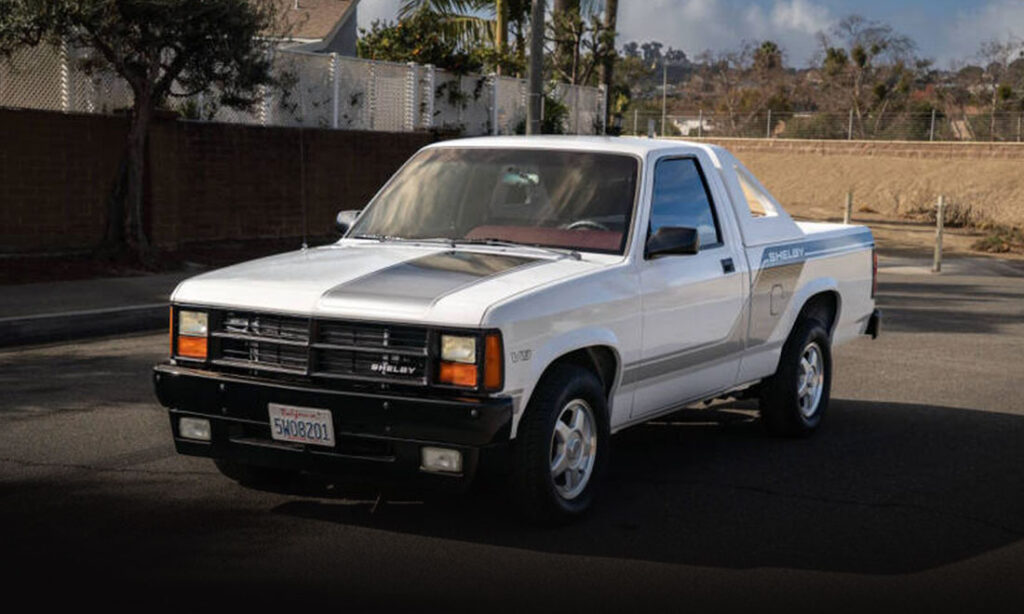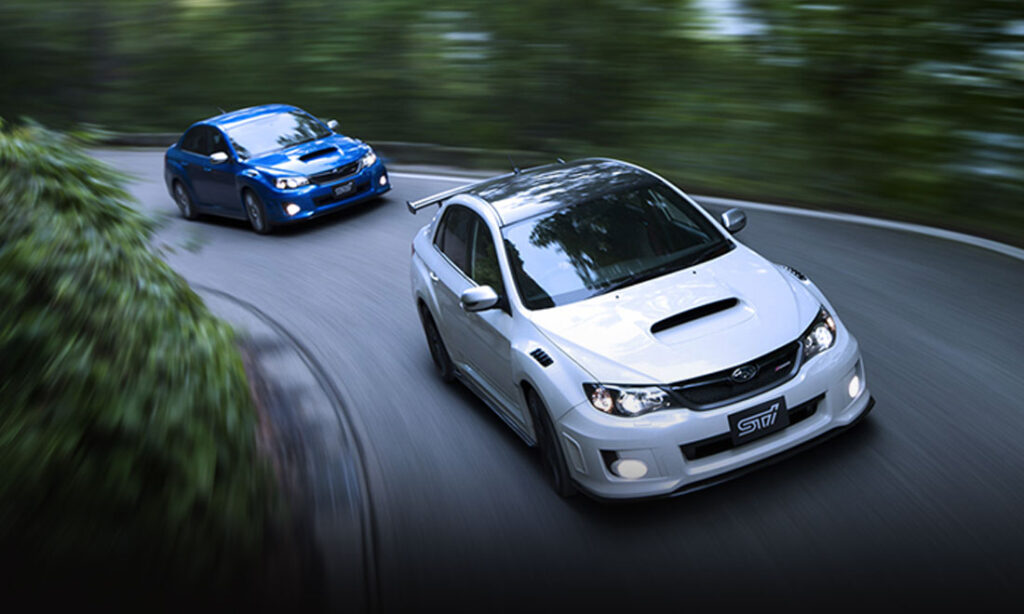Cars You Did Not Know Were Rebadged (and Some You Did)
Sometimes the brand of a car tells you less than you’d think. Below, we count down some of the oddest and most ironic of rebadged cars.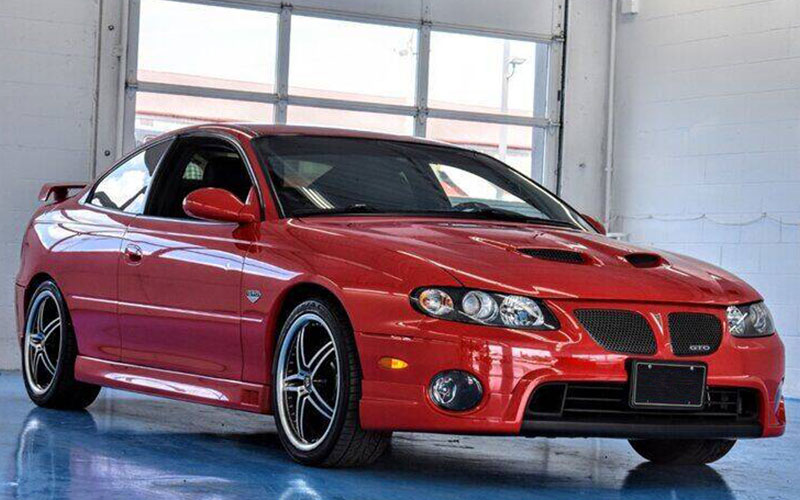
What’s In a Name?
William Shakespeare wrote in Romeo & Juliet: “A rose by any other name would smell as sweet.” Pointing out the arbitrary connection between sign and signified is all well and good, but when it comes to cars, automotive marketing executives know what Ol’ Bill did not: brand names matter, arbitrary or no.
The practice of badge engineering or rebadging is when a manufacturer takes (or borrows) one vehicle, slaps a new/different badge on it, and sells it as something else. Often carmakers do this to reduce R&D and manufacturing costs. Why build a whole new car when you can just slap a new badge on an existing one?
Commonly, companies rebadge vehicles when taking them to new markets. When GM wanted to bring the Holden Monaro to the US, they rebadged it with a more familiar nameplate, the Pontiac GTO. Other times, companies partner together to build a vehicle and then sell what is basically the same car under their respective brands as in the case of the Toyota 86 / Subaru BRZ / Scion FR-S. And finally, sometimes one company wants to fill a hole in their lineup and makes a deal to sell another company’s car under their name. This was the case with the first entry on our list, the sixth-generation Toyota Corolla.
Toyota Corolla 6th Generation (Geo Prizm, etc.)

Back in the mid-1980s, GM knew they needed a new compact car to compete with the influx of affordable commuters from Japanese automakers like Toyota and Honda. Rather than attempt to beat them at their own game, GM made a deal with Toyota to sell their Sprinter compact car, derived from the sixth-gen Corolla, in the US and Australia. This gave birth first to the sixth-generation Chevrolet Nova, itself a resurrected nameplate from a very different kind of Chevy. The Nova was later replaced in the US by the Geo Prizm/Chevy Prizm. Meanwhile, in Australia, GM’s Holden got its own Nova. It too, was derived from the Corolla. Despite being the same car, the Toyota Corolla consistently outsold the Holden Nova.
Aston Martin Cygnet (Toyota iQ)
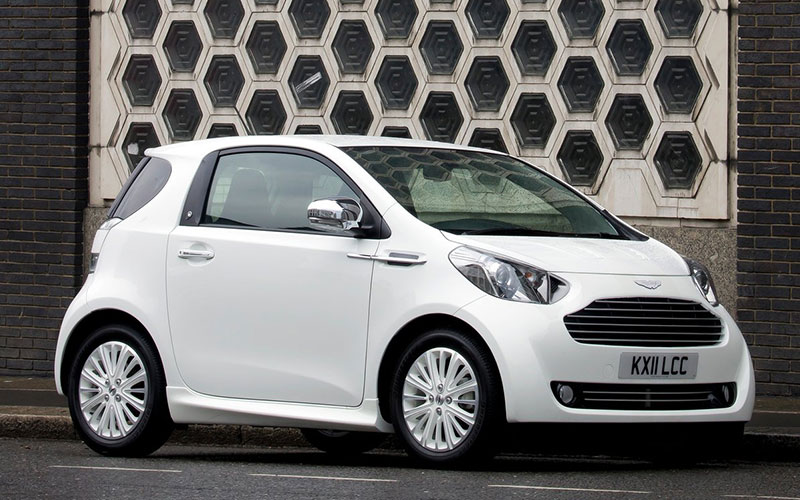
In 2011, Aston Martin raised more than a few eyebrows with its solution to new European Union emissions regulations. Rather than produce a new vehicle with radically fewer horsepower than their standard fare, Aston Martin called up Toyota and worked out a deal to rebadge the tiny iQ runabout. The result is a classic British comedy on the level of Keeping Up Appearances. Present are the signature grille and badge, absent is anything else resembling an Aston Martin.
Mercedes-Benz X-Class (Nissan Navara)
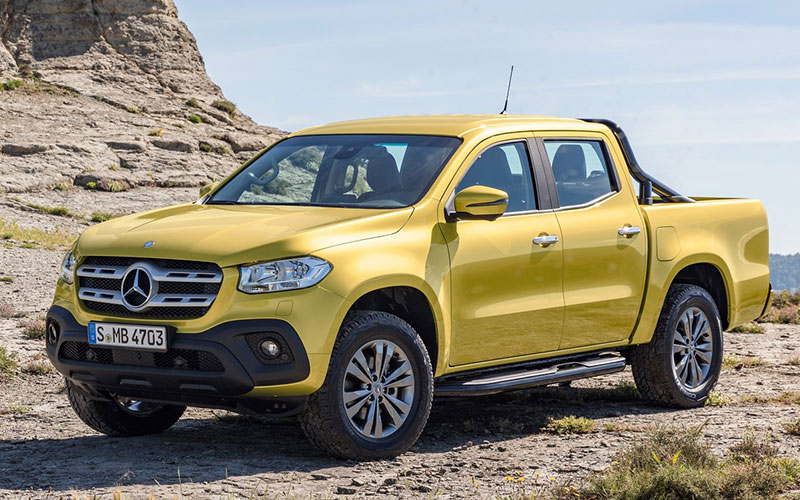
We all remember when Mercedes-Benz had a truck in their lineup, right? No? Built in partnership with Renault/Nissan, the X-Class was built off the Nissan Navara. The ritzy truck added all the cosseting luxury and high-tech features Mercedes is known for. Despite all the overpowered biturbo V8s Mercedes has at their disposal, the X-Class powertrain topped out at a turbocharged diesel V6. Oddly, Mercedes never brought the X-Class to the country most obsessed with pickups, the US. No wonder the X-Class only saw a few short years of production, from 2017-2020.
Daihatsu Hijet (Toyota Pixis, etc.)
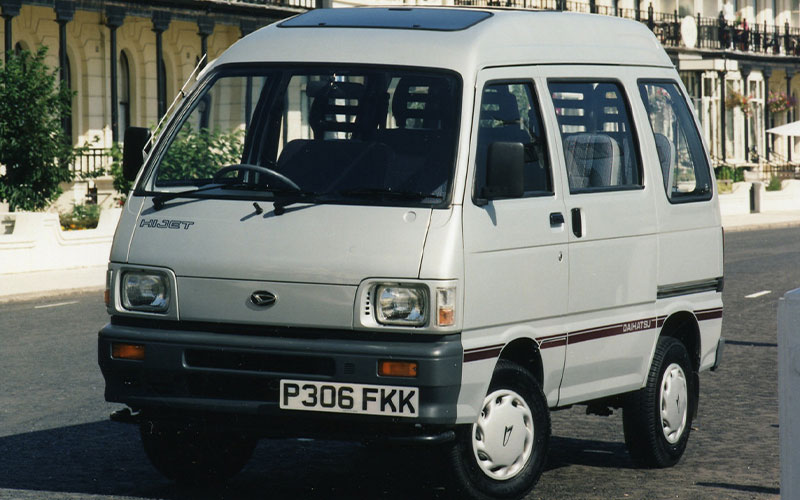
One of our favorite Japanese kei cars, the Daihatsu Hijet is a diminutive truck/van in continuous production since 1960. In that time, the Hijet has gone by nearly a dozen different names including: Piaggio Porter, Toyota Pixis (truck and van versions), Mitsubishi Jetstar, Daihatsu Zebra, Toyota Sparky, and as the two most recent generations of Subaru Sambar. Coming as either a truck or a micro-van, the Hijet and its various pseudonyms have remained popular thanks to their high utility to size ratio.
Lincoln Blackwood (Ford F-150)

Mercedes isn’t the only luxury brand to try their hand at a pickup truck. The Lincoln Blackwood attempted to take all the things that make a Lincoln a Lincoln and bolt, stitch, and stamp them onto a Ford F-150. Despite the legit underpinnings, Lincoln chose to use their own 5.4L V8 for the Blackwood while porting over the Navigator’s interior bits. The Blackwood did offer a few unique features like a permanent powered tonneau cover, which sapped the bed of considerable utility, and black faux-wood paneling from which the Blackwood took its name. The Blackwood was even less successful than the Mercedes-Benz X-Class, lasting just one year of production (from 2001-2002) before cancelation.
VW Taro (Toyota Hilux)

While US Toyota-philes still lament never getting the Hilux state-side, the Europeans got to enjoy what Jeremy Clarkson dubbed the unkillable truck throughout the 1990s in the form of the Volkswagen Taro. The Taro was a rebadged fifth-generation Hilux, which gave VW a light truck and Toyota a piece of the European market. Similar to the old Ford Ranger and its Mazda B-Series counterpart, if importing a Hilux for your next overland project is looking too expensive, there’s always the alternative of the carbon copy VW Taro.
Honda Crossroads (Land Rover Discovery)

A converse of the case above, where buying one middling brand gets you the epitome of another’s reliability, those who bought the first-generation Honda Crossroads thinking they’d made a wise long-term investment in Japanese engineering may have been disappointed to discover (sorry, too easy) they’d actually gotten a classically British vehicle instead. The Honda Crossroad, sold in Japan, was actually the first-generation Land Rover Discovery, complete with quality control issues including a driver’s side front door that didn’t lock properly and could open while driving. Discontinued in 1998, Honda revived the Crossroads badge with a domestically produced SUV in 2007.
GMC Sprint/Caballero (El Camino)
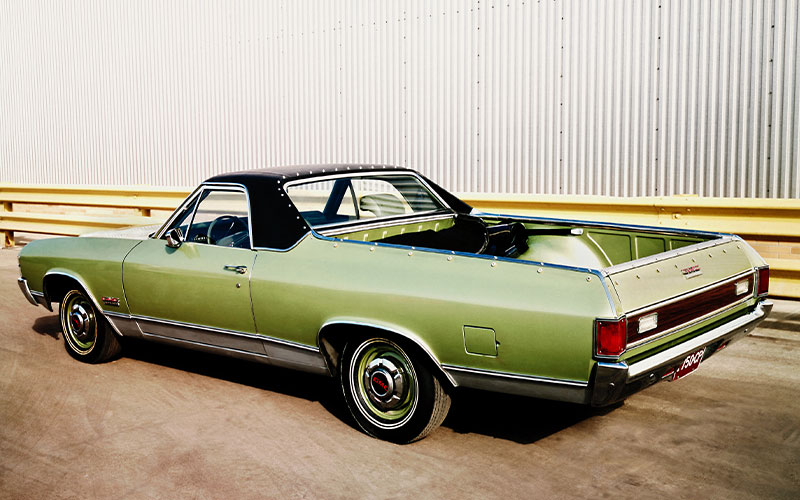
Of GM’s innumerable badge swaps, the GMC Sprint/Caballero is among the lesser known. As a badge-swapped version of the ever mercurial El Camino, the GMC Sprint added little beyond a different badge to the El Camino. Of course, it still offered a variety of big V8s throughout the 1960s and early 70s. The Caballero name was adopted for the ‘78 model year, in keeping with the Spanish influence of both the El Camino and the vehicle it imitated, the Ford Ranchero. Whatever the name, thanks to its dual nature as both a muscle car and a truck, the GMC Sprint/Caballero retained that classic El Camino/mullet ethos of business up front and party in back.









